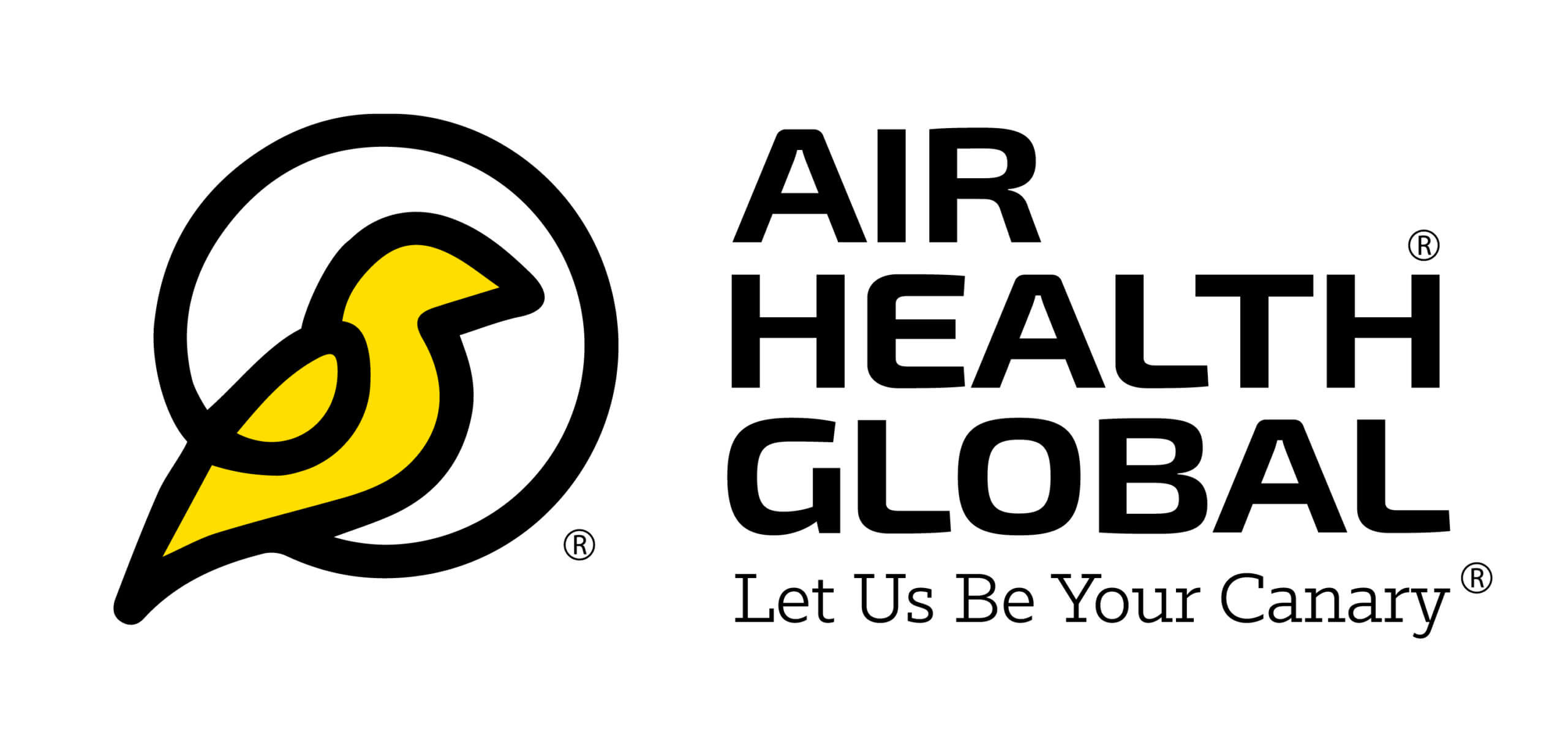While some Americans are knowledgeable about the dangers of chemical pollutants that are capable of contaminating their workplace air, many of them are not aware of the biological pollutants that may be making them sick in the workplace. While people who suffer from allergies and asthma will become symptomatic when exposed to small amounts of pollen, dander, dust, or mold, a buildup of these pollutants can trigger some serious health issues. Poor indoor air quality is responsible for a number of health problems, missed days at work, and doctor visits. This article identifies the major biological contaminants that may be present in your office and the symptoms you should be on the lookout for.
What are biological pollutants?
Biological pollutants are, or are produced by, living things. Pollen, animal dander, dust mites, bacteria, viruses, and mold are the most commonly found biological pollutants in the workplace. Many of which are small enough to be inhaled. What causes biological pollutants to reach an unsafe level? Moisture encourages the growth of many biological contaminants. Improper cleaning methods also increase the amount of contaminants present in your workplace.
What are the health effects of exposure to biological pollutants?
Allergic reactions are the most common health related response to exposure. Common allergy symptoms include: sneezing, coughing, itching and rashes, difficulty breathing, watery eyes, chronic headaches, and fatigue. If you suffer from seasonal allergies it may be difficult to discern whether your office air or another allergen may be triggering your symptoms. Record the times of day when you are feeling most symptomatic and look for a pattern. You may be surprised to find that your symptoms are more prevalent during the work week.
Infectious diseases are brought on by exposure to harmful bacteria and viruses in the workplace. Crowded areas and buildings with poor ventilation encourage the spread of these illnesses. Infectious diseases such as the flu are passed from one person to another through physical contact. Touching the same surfaces as someone infected is the most common way people contract these illnesses in the workplace.
How can you protect yourself against the dangers of biological pollutants in the workplace?
If you suspect that there is mold in your office air, ask management to have the office air tested. An air test will alert management to unsafe levels of actively growing mold along with hundreds of other harmful chemical pollutants. If you notice areas where condensation is building up, alert management. Look for signs of water damage on ceiling tiles and around vents. If your office smells musty, odds are there is a high level of mold.
Washing your hands with hot soapy water frequently will help protect you against contracting an infectious
disease. Make sure your workplace is cleaned regularly. Vacuuming with a HEPA filtered model and using cloths that trap dust particles will help reduce dander and dust. Make sure ventilation systems are cleaned and inspected regularly and that filters on HVAC systems are changed routinely.
Useful resources to consult if you suspect an elevated level of Biological Pollutants at the office or in your home:
http://www.cpsc.gov/en/Safety- Education/Safety- Guides/Home/Biological-Pollutants- in-Your-Home/
https://www.epa.gov/indoor-air- quality-iaq/biological-pollutants- impact-indoor-air-quality
